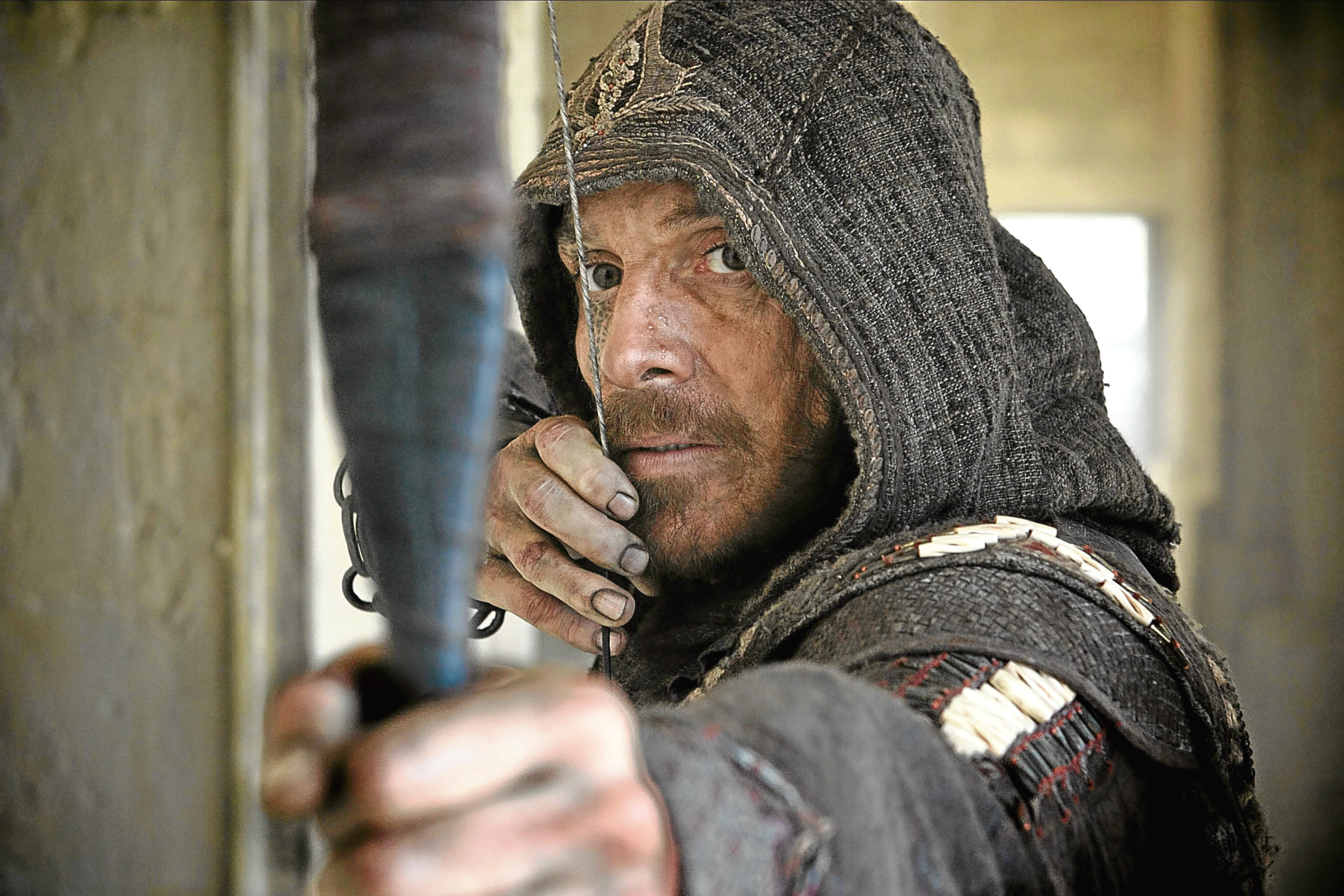
GROWING up, my son spent hours playing Assassin’s Creed on his PlayStation.
It’s a series of videogames based upon an ancient rivalry between two secret societies, the Assassins and the Knights Templar, played out over the centuries.
The basic idea is that the central assassin character can relive the experiences of his ancestors through memories embedded in his DNA, going back to the various times in history when the two factions clashed.
As a result, the now 14-year-old Shaw Jr once spent an entire day in Rome pointing out things like exactly which panel in the Pantheon hid a secret weapon.
So to say he was excited at the prospect of a film version would be an understatement.
“I met up with the guys from the videogame company and they explained its whole universe to me and immediately I became hooked,” says Michael Fassbender, who plays a modern-day career criminal forced to participate in a project that sees him relive his ancestor’s memories of being an assassin at the time of the Spanish Inquisition.
“I was intrigued by this whole concept of DNA or genetic memory, that we all carry information, knowledge and experiences of our ancestors in our DNA and that’s what we call instinct or a sixth sense.
“I thought that concept alone would elevate this above most other fantasy projects.”
Fassbender, 39, plays the young Magneto in the later X-Men movies, so he knows just how seriously comic-book fans take any adaptation, relentlessly seeking out any deviation from the original material.
If anything, the gaming community is even harder to please, especially as previous film adaptations of games such as Lara Croft and Super Mario Bros have been a bit, well, pants.
“We said: ‘OK, this is a game, it has a huge following’ but to have a movie experience is a very different thing,” says the man who owes his name and accent to his German father and Irish mother.
“It’s about finding a narrative and making it a cinema experience as opposed to playing a videogame.
“They’re two very different things.
“And, as we’ve seen in past films, it’s difficult to do that translation, but there’s so much in this that lends itself to the cinema.
“We wanted to take certain things from the game and respect certain things in the game such as DNA memory, and the idea of Templars fighting the Assassins.
“It’s a very dense universe and that meant that the real challenge was to try to filter it down, and to keep the basic central elements so we could introduce it to people who haven’t played the game was very important.”
Michael has worked with co-star Marion Cotillard before and she says: “You always learn a lot by working with amazing actors who are 100% committed to the project.
“But he has a bad habit — he works out a lot and he is very vocal when he’s doing it, so sometimes I was yelling through the dressing-room wall: ‘Stop it now!’.”
Assassin’s Creed is in cinemas now.

Enjoy the convenience of having The Sunday Post delivered as a digital ePaper straight to your smartphone, tablet or computer.
Subscribe for only £5.49 a month and enjoy all the benefits of the printed paper as a digital replica.
Subscribe